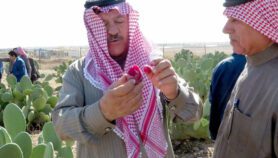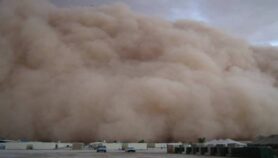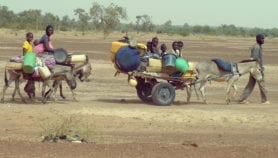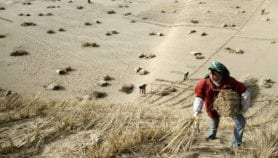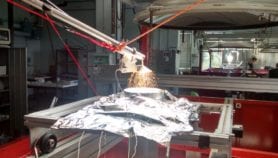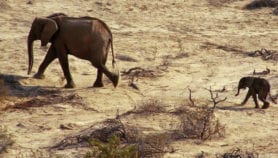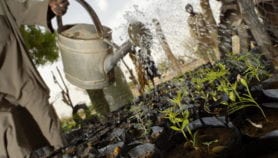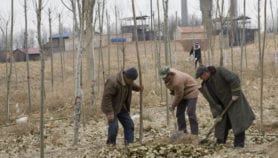By: Nehal Lasheen
Send to a friend
The details you provide on this page will not be used to send unsolicited email, and will not be sold to a 3rd party. See privacy policy.
[CAIRO] The Egyptian government is launching work on experimental wells in the desert following a discovery of new access points to a huge underground water oasis spanning Chad, Egypt, Libya and Sudan.
The underwater aquifer, known as the Nubian Sandstone Aquifer System (NSAS), contains an estimated 150,000 cubic kilometres of water, and Libya is already tapping into it for around 70 per cent of its water needs. But Egypt’s access has so far been limited to only three main access points in the desert oases.
Egyptian geologist are now claiming they have found 20 new access points to this aquifer in the heart of the Egyptian desert, which could help reclaim about 3.7 million acres of desert in Egypt, boosting the economy and livelihoods in the region.
But not everyone agrees that the water can be sustainably accessed through these new links.
Khaled Abd El-Kader Ouda, professor emeritus of Stratigraphy and Paleontology at Assiut University, used satellite images of the Great Sand Sea, an area in Western Desert of Egypt that contains huge sand dunes up to 100 metres in height, and findings from a field trip to the area, to conclude that there may be access to the aquifer.
The field trip, headed by Ouda and a team from Assiut University and Desert Research Centre, found unexpected sandstone deposits which suggest the presence of geological formations containing water.
"Our team discovered a water-bearing geological layer that needs to be studied to specify the thickness of water saturation and water-bearing layer, so we can study the economic feasibility of digging this water out," Mohamed Gad, professor of hydrology at the Desert Research Centre told SciDev.Net.
They announced their findings at a press conference last month (18 October), and the Ministry of Water Resources and Irrigation issued a statement last week (1 November) endorsing the discovery of Ouda’s team, and launching government-funded work on two experimental wells.
If water is accessible from these new locations, Ouda said, "it would be the core of a huge developmental project in Egypt that the government should invest in".
But the findings sparked a debate in Egypt, where many geology and hydrology scientists said it is still not clear if water is indeed there and what its quality is like.
Samer El-Mofty, the former secretary general of the Desert Research Center, told SciDev.Net: "Given that NSAS is a non-renewable aquifer system according to all the studies done on it ’till now, and the Western Desert of Egypt has received no rain water for the past 80 years, we need to do complete hydrological studies building on this discovery before investing money in reclaiming the assumed areas".
Nahed El-Arabi, director of the national Research Institute for Groundwater, said that further research is needed "to determine the amounts of safe draw — in case water exists there — before determining the areas that can be reclaimed in this region".
Maghawry Diab, professor of hydrogeology and former president of Menoufiya University said that experimental wells may provide data needed for mathematical modelling of environmentally safe amounts and methods of water extraction. But he added that each well will cost about US$170,000.
The significance of the NSAS as a potential water resource for future development programmes has also been recognised by the IAEA-UNDP-GEF Nubian Project, a research initiative launched in 2006 by the International Atomic Energy Agency with an aim to fill the knowledge gap on the aquifer and establish its equitable management for sustainable development, while protecting biodiversity and land resources.


